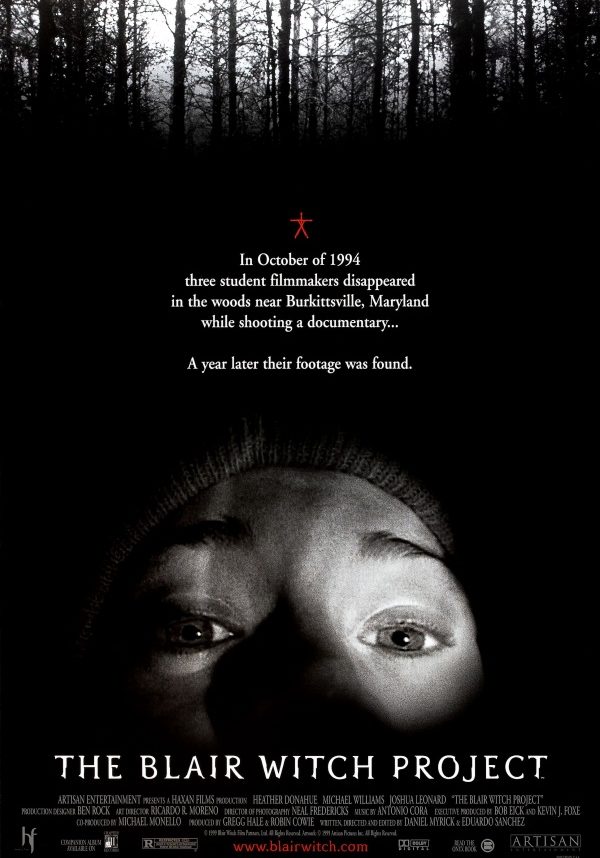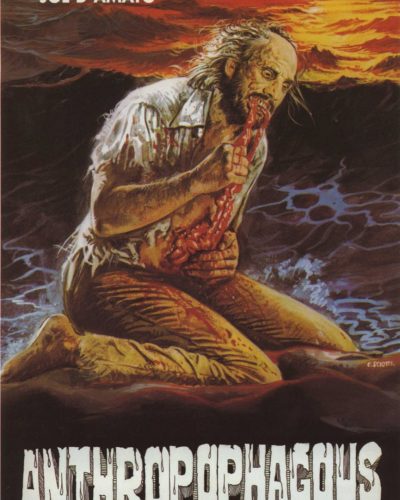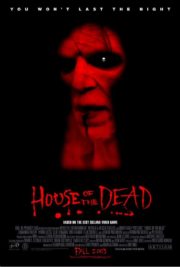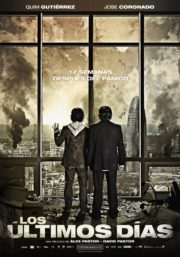A Walk in the Woods: Rediscovering ‘The Blair Witch Project’
In the dense thicket of horror cinema, few films have rustled leaves and snapped twigs quite like 1999’s “The Blair Witch Project.” Directed by Daniel Myrick and Eduardo Sánchez, the film documents the harrowing expedition of three film students (Heather Donahue, Joshua Leonard, and Michael C. Williams) into the Maryland woods to investigate the mythical Blair Witch. Without a traditional script, relying on the actors’ natural reactions and improvisation, this movie eschews gore for psychological terror, challenging viewers’ perceptions of reality.
Murk and Mystery: The Fabric of Fear
Atmosphere and Tone
“The Blair Witch Project” is a masterclass in atmospheric horror. The film thrives on a sense of looming dread rather than overt threats or visual monstrosities. By constraining the audience’s knowledge and vision, Myrick and Sánchez build a crescendo of suspense that feels as oppressive as the darkness enveloping the protagonists’ tent. Each broken stick or distant cackle compounds the fear of the unseen, a technique proving less can indeed be more.
Cinematography and Visuals
The film’s cinematography is a cornerstone of its success. It brandished the found-footage style with a raw execution that has since been mimicked but rarely matched. The erratic camera work, natural lighting, and grainy visuals feed into the authenticity of the documentarian approach, making the viewer a silent member of the doomed crew. Key to this style is the restraint: there is a very spartan use of special effects, keeping the focus intensely personal and alarmingly tangible.
Sound as an Unseen Character
Crucially, the film leverages its sound design to textured ends. Rustles and thrums in the darkness become integral characters in their own right. Moments punctuated by silence are just as chilling as those interrupted by inexplicable noises. It’s in these contrasts that the horror of “The Blair Witch Project” truly echoes.
Natural Reactions to Supernatural Fears
The Human Element
Performances in “The Blair Witch Project” blur the lines between acting and genuine terror. The characters, though not profoundly developed in the traditional sense, feel visceral. Their fear feels our fear, rendered authentic through the actors’ improvisation and believable responses to the escalating terror that frays their sanity. These are not just characters on a screen; they’re reflections of how we might face the unknown.
Subgenre and Mechanics
While “The Blair Witch Project” operates within the frame of supernatural horror, it’s crafted with a psychological sharpness. It’s a study in how fear worms its way through the mind, how folklore can be as tangible and petrifying as any visible ghost. Never does it succumb to the overuse of traditional genre tactics like gore or jump scares, instead anchoring its horror in the power of suggestion and the innate human fear of the dark.
Witches and Warnings: The Legacy Lingers
Horror and Humanity
The film does more than scare; it probes deeper, touching on the essence of myth-making, the reliability of documentary, and the fragility of human psychology when faced with the inexplicable. Its effective minimalism allows for a gripping meditation on these themes, enhancing the story’s lingering hold on the audience.
Impact and Audience
“The Blair Witch Project” stands out as not just fright-inducing but also as a thought leader in the horror genre. Its innovation lies in how it reshaped the paradigm for fear, making the invisible visible through the audience’s imagination. It is likely to resonate most with horror connoisseurs appreciative of subtlety and innovators, though its fame attracts a wide range of curious viewers.
Comparison to Contemporaries
Comparatively, this film departs from the gore-laden spectacles of the ’90s, like “Scream” or “I Know What You Did Last Summer,” and instead paves the way for later found-footage forays like “Paranormal Activity.” None, however, hold quite the same claim as the progenitor of a phenomenon—the viral mark of the Blair Witch.
Final Verdict
In conclusion, “The Blair Witch Project” weaves its terror as much through audience participation as directorial intention. Its strengths lie in its innovation, visceral realism, and atmospheric mastery, though some may find frustration in its lack of conventional scares. It is a cornerstone not just within its subgenre but within horror at large, a must-watch for those drawn to the darkness beyond the firelight. Viewer discretion is advised, as its authenticity brings home a particularly disturbing quality that may unsettle more sensitive audiences.




